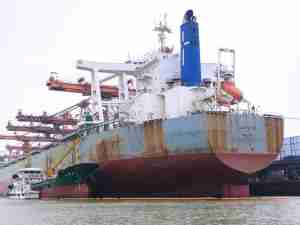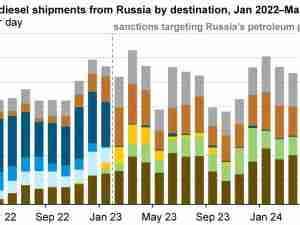Pipeline giant Kinder Morgan slashes dividend 75 percent
By: Reuters | Dec 08 2015 at 05:31 PM
HOUSTON - Kinder Morgan Inc slashed its dividend 75 percent on Tuesday, marking the first time the U.S. pipeline giant has cut payouts to shareholders since it has been a publicly traded company.
The move, which will reduce the annual dividend to 50 cents a share from about $2 a share, is an acknowledgement that the worst oil price crash in six years is hurting once-resilient pipeline companies.
Kinder Morgan shares have shed about half their value since the company first warned on Oct. 21 that payouts would slow. In after hours trade on Tuesday the shares fell nearly 7 percent to $14.67.
Moody’s put the company on credit watch negative last week after it bought a stake in a leveraged natural gas pipeline system, and several analysts downgraded the stock.
Founder Rich Kinder said the smaller payout to investors would allow Kinder Morgan to avoid issuing equity while maintaining its investment grade credit rating.
“We evaluated numerous options, including significant asset sales, but ultimately concluded that these other options were uneconomic to our investors in the long run. This decision was not made lightly,” he said in a statement.
Analysts at Tudor Pickering Holt told clients in a note that the cash would be better spent reinvesting or buying back shares.
“We’d argue that while market clearly hates the possibility of a dividend cut, a full payout is the least effective use for that cash.”
Once the darlings of investors, growth prospects of pipeline companies have been undercut by a 50 percent slide in oil prices and tough environmental reviews that have delayed projects.
Pipeline companies have been especially popular with investors in recent years for their ability consistently to pay and grow large dividends.
But their attractiveness has faded since at least the summer as executives at some of the biggest pipeline companies, including Plains All American LP, have warned of slower or variable dividend growth.
Investors say they are skittish over the prospect of rising U.S. interest rates, a dimmer outlook for additional new volumes of oil and natural gas flowing onto new midstream systems, as well as the potential for lower shipments and fees on existing lines.









